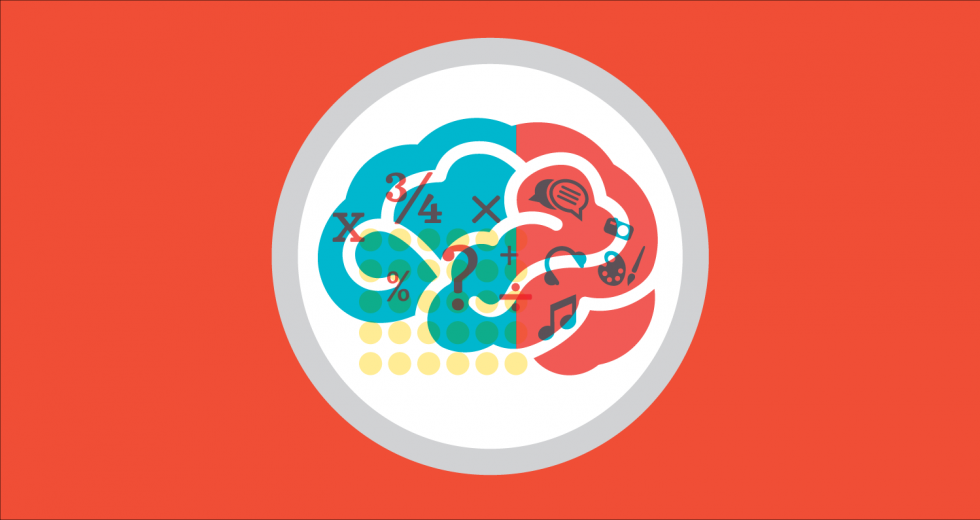In mammals, the developmental pathway known as sonic hedgehog (named after the popular video game character) regulates the generation and survival of neurons and other brain cells. But a team of UC Davis scientists found that this pathway plays a critical role in neuroprotection, regeneration and functional recovery after a clot blocks blood flow in the brain.
They tested this method out with mice, stimulating the pathway with a small molecule drug called purmorphamine. In mice that received the highest dosage, the area of dead tissue from the stroke (the infarct), shrunk by 40 percent. Mice given the drug also showed better motor function results compared to controls. The scientists are seeking funds to pursue research for human trials, but these findings represent a conceptual advance, says Wenbin Deng, associate professor in the UC Davis Department of Biochemistry and Molecular Medicine, and the study’s principal investigator.
According to Deng, there are two main targets for stroke therapy: 1) neuroprotection that prevents degeneration of damaged tissue in the early events (within hours and days) and/or 2) regeneration that promotes repair of lost tissue at later events (after weeks and months). The new approach with sonic hedgehog, he says, would work well in conjunction with blood clot removal procedures. Still, timing is crucial. The purmorphamine must be administered within a six-hour window of the brain attack.
But will stimulating a pathway important in early development promote cancer growth? That was a concern, but Deng says they have seen no tumor formation in the experimental models, so the cancer risk is low.
“We demonstrate that reactivation of a developmental signaling pathway in the adult brain confers neuroprotection and has implications for new treatment of neurological diseases,” Deng says. “Thus, the sonic hedgehog pathway has a novel role in neuroprotection and neuroregeneration after stroke.”
For more on advancements in stroke treatment, check back next week for Russell Nichols’ cover story, “Hour of Need.” Sign up for our newsletter, and we will email you when it’s available online.



